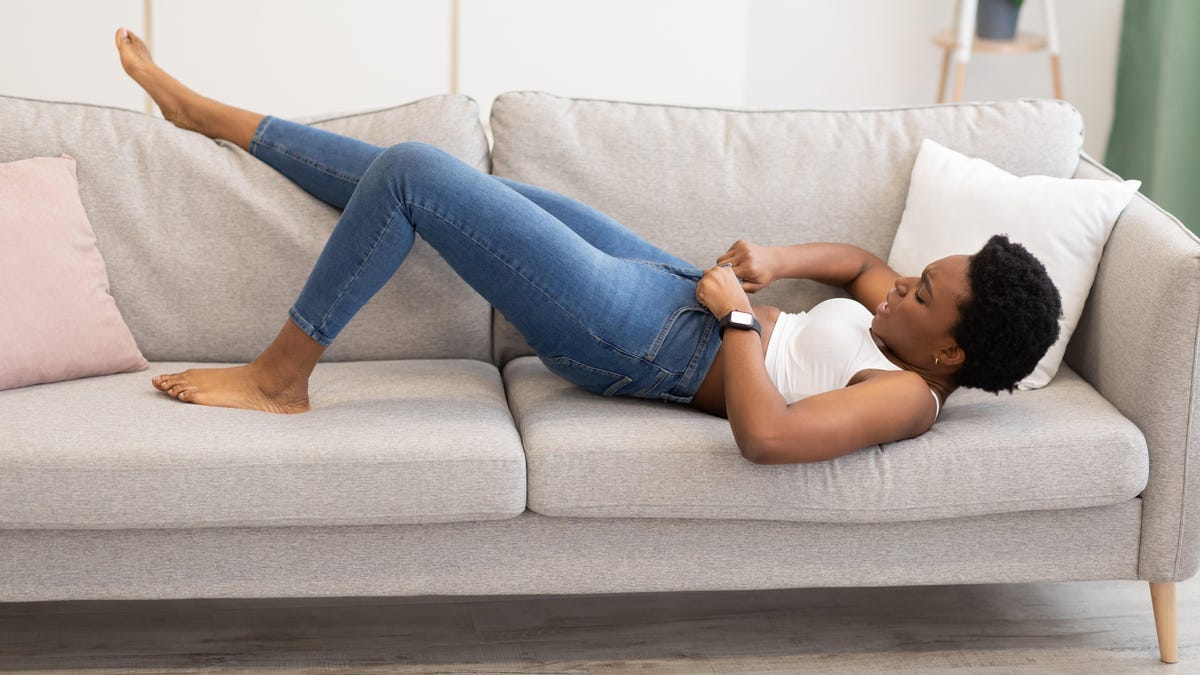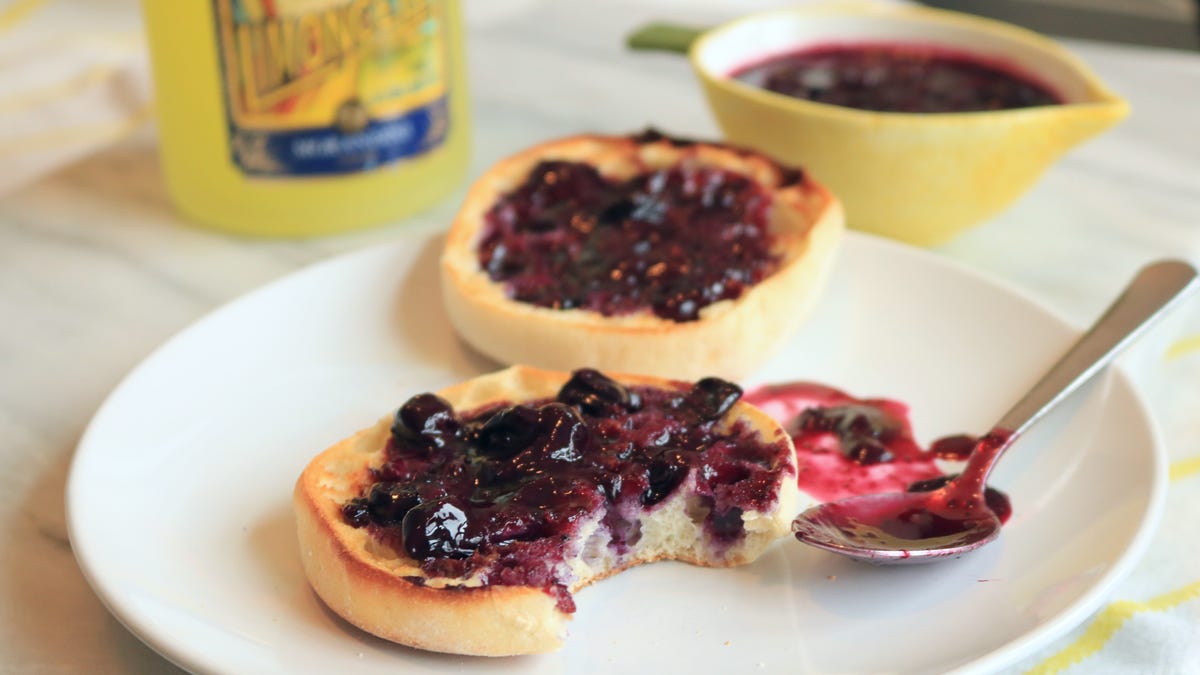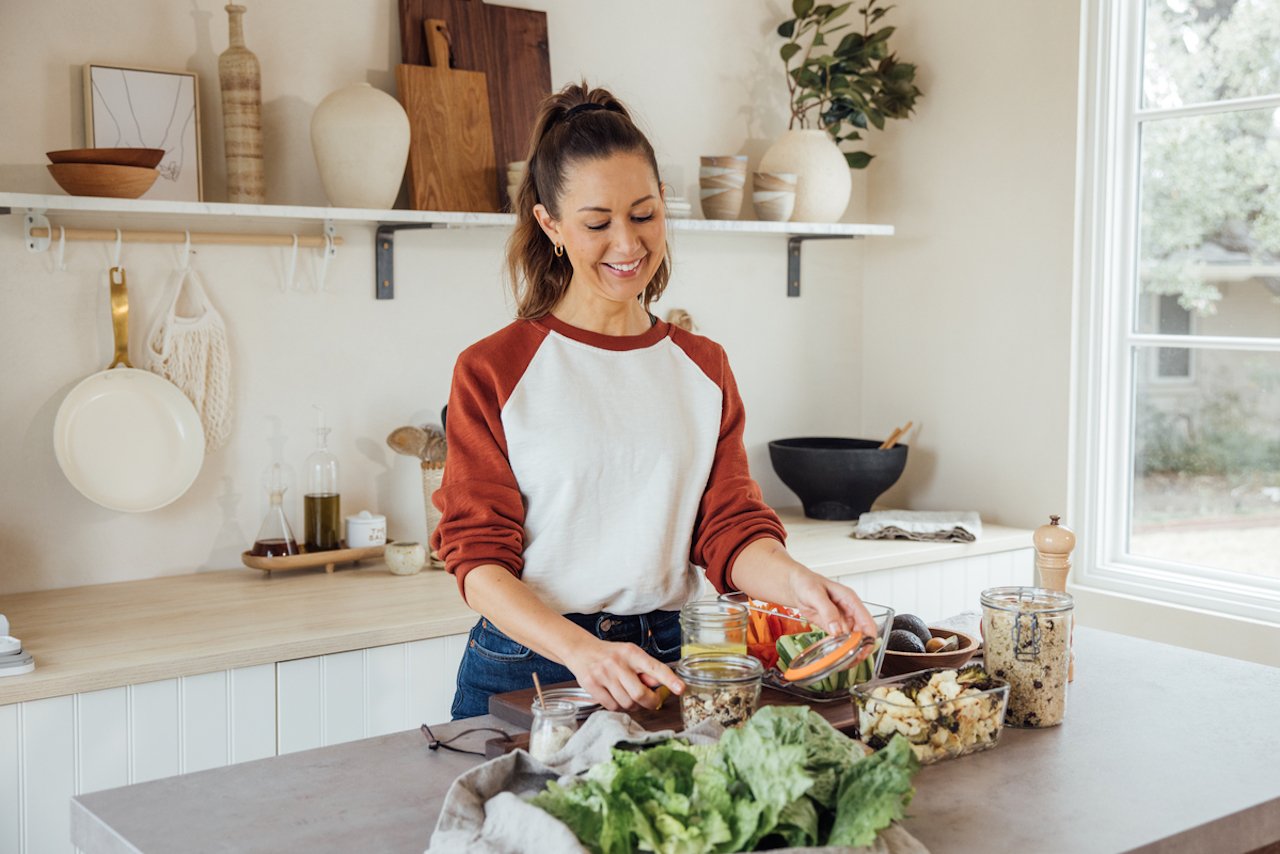You Should Sous Vide Your Leftovers
Save room in your fridge, and safeguard the moisture, texture, and flavor of your food.

Save room in your fridge, and safeguard the moisture, texture, and flavor of your food.

Credit: New Africa/Shutterstock
You’ve cooked your food, stored it in your fridge overnight, and now you need to reheat it. Some things—like soup, rice, and vegetables—reheat beautifully. But other stuff, like proteins, do not, because you're not really reheating them, you're recooking them...and probably overcooking them in the process. In order for the microwave or the oven to heat whatever you’re cooking all the way through, they often have to overheat the outside, resulting in dried out, tough, or even burnt leftovers. Sure, you can still eat it, but it certainly won't be as good as it was the first time. But a different reheating method can help you avoid the problem altogether.
Sous vide machines keep air out and flavor in
Your sous vide machine is designed to circulate water around a completely sealed container, slowly bringing all the food inside it to a uniform temperature. This means you can’t really overcook it. You'll simply be bringing it back to the ideal temperature and waiting long enough for it to heat all the way through. This takes longer than the microwave, but the outside won’t be any more cooked than the inside.
There are other benefits. As a function of how a sous vide works, the container in which the food is being heated will be airtight, since trapped air would cause it to float. That means there’s no air inside the container dry out the food or getting superheated and evaporating the moisture inside. In fact, the opposite occurs: The contents of the bag are forced into contact with each other, actually preserving moisture. It's the same reason vacuum bags are a popular way to make pickles and marinate foods—it works more efficiently in absence of air.
Stop wasting fridge and freezer space on air
Planning to reheat in a sous vide can also save you space in your fridge, because you will ideally store them—or at least your proteins—in a vacuum bag, which makes them easy to toss right into the sous vide. This also makes them fit better into your fridge or freezer, as the bag will be the exact size of the food inside it, so you’re not wasting space storing air (say, inside a Tupperware container).
Keeping food safe
As you cook food, particularly proteins, we’ve become accustomed to a standard of temperatures the should be heated to. For turkey, that's 165°F; beef has a range from rare to well done, starting around 135°F. This is based on how well the protein is cooked, but also has something to do with food safety: You want the food exposed to a high enough heat for long enough to kill bacteria.
However, this isn't a strict rule. For instance, you can cook at a lower temperature for a longer period of time, or a higher temperature for a shorter period of time, to achieve similar results.
How to reheat food safely using your sous vide
It certainly makes sense that when reheating food, you do so to the same temperature you originally cooked it to. The FDA is pretty clear in its reasoning that all foods should come to 165 for at least 15 seconds when being reheated. In my kitchen, I sous vide them to the original temperature of cooking (for a steak, this might be 140F) and allow them to hold at that temperature for an hour once they are cooked through. Common wisdom states that it takes 45 minutes per inch of density in your sous vide container to heat the contents through, so for a steak, I figure it’s going to be in the bath about an an hour and 45 minutes. The time will be shorter if you're reheating something less dense, and longer if it's denser. You get the idea.
Reheating via sous vide is not the fastest method, clearly, but it does ensure your food tastes more like your food after you reheat it.

 Tfoso
Tfoso 
































